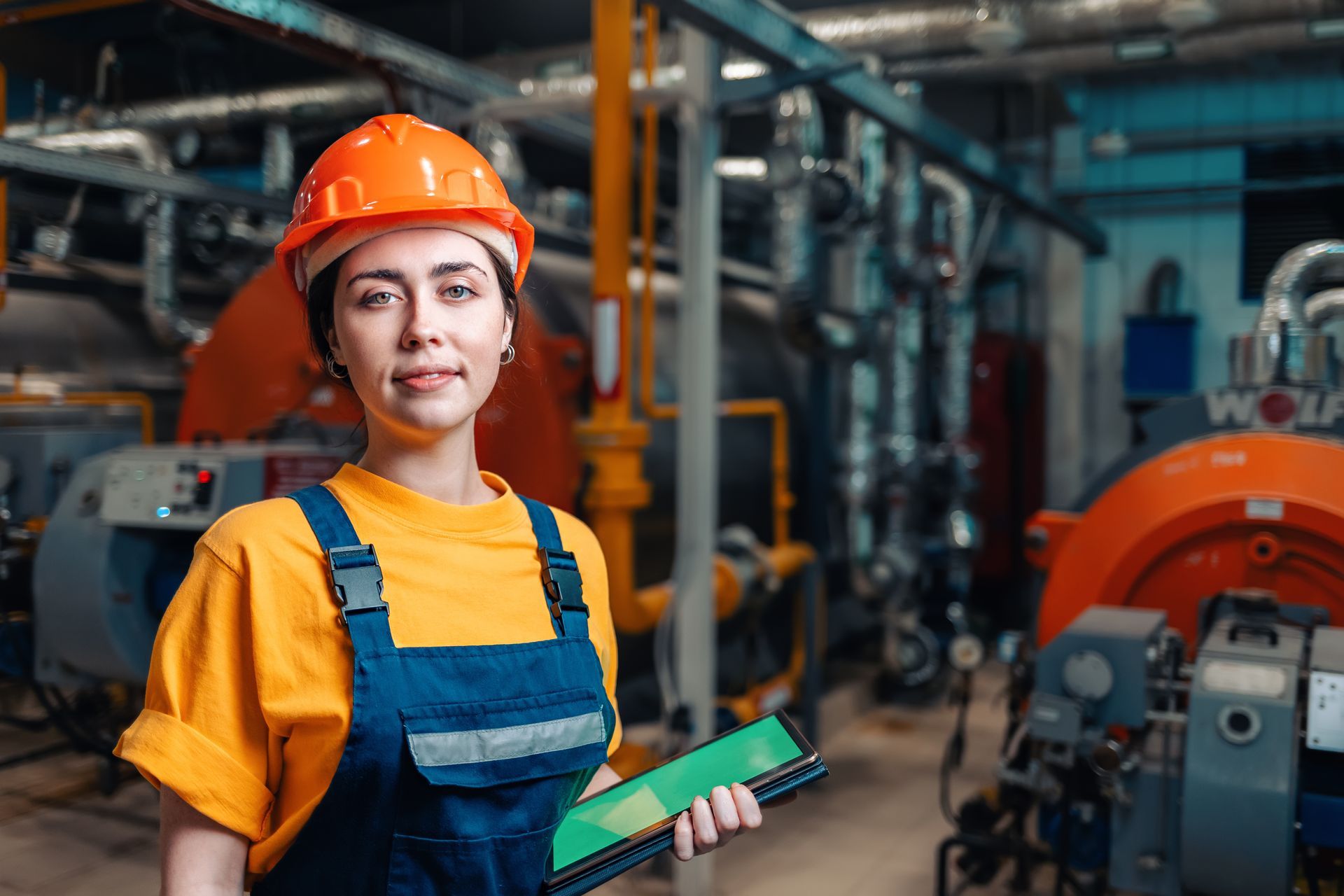Glimpses into the Next Phase of Plumbing: Trends and Innovations
Glimpses into the Next Phase of Plumbing: Trends and Innovations
Blog Article
We've come across this post pertaining to 7 Plumbing Industry Trends You Need To Know below on the internet and figured it made perfect sense to quickly share it with you here.

Introduction
The plumbing sector is undertaking a transformative stage driven by technical improvements and expanding concerns for sustainability and performance. This post discovers arising trends and innovations forming the future of plumbing.
Regulatory Landscape
Governing frameworks play a vital duty in shaping the fostering of plumbing innovations, with standards and codes governing whatever from water effectiveness to item safety and security. As modern technologies remain to develop, governing bodies should adapt to make certain consumer defense and environmental stewardship.
Future Expectation
The future of plumbing is identified by proceeded innovation and assimilation with other fields such as IoT, renewable energy, and structure automation. By embracing lasting practices, leveraging arising modern technologies, and prioritizing user-centric design, the plumbing market is positioned to resolve the advancing needs of society while reducing its ecological footprint.
Increased Truth in Pipes
Augmented Fact (AR) technology is transforming pipes by giving specialists with real-time visual advice for troubleshooting and repair service tasks. AR-enabled clever glasses or mobile applications overlay electronic info onto the physical atmosphere, aiding plumbers visualize pipe formats, determine covert leakages, and execute fixings with accuracy.
Influence of 3D Printing
The arrival of 3D printing has presented brand-new opportunities in making plumbing components. From custom-designed fixtures to intricate pipeline installations, 3D printing enables rapid prototyping and on-demand manufacturing, reducing lead times and allowing greater customization in pipes layout.
Health And Wellness Features
In reaction to enhanced concerns for health and wellness, pipes components are including attributes such as antimicrobial surface areas, touchless operation, and self-cleaning systems. These technologies not only boost health but also promote user convenience and convenience.
Hygiene-focused Components
Touchless faucets, self-sanitizing toilets, and antimicrobial surfaces are ending up being progressively common in household and industrial settings, reducing the risk of germ transmission and advertising a cleaner, healthier setting.
Water Quality Surveillance
Improvements in water quality surveillance technologies make it possible for home owners to keep an eye on the pureness and safety and security of their water supply in real-time. Smart water high quality sensing units can find impurities, pH degrees, and temperature variations, equipping users to take aggressive measures to ensure water security.
Remote Plumbing Services
Remote diagnostics and online help are transforming the way plumbing services are provided. Through video conferencing and remote gain access to modern technologies, plumbings can troubleshoot concerns, supply advice for do it yourself fixings, and even do remote examinations, offering higher ease of access and convenience to property owners.
Challenges and Opportunities
While pipes technologies hold immense assurance, they also present difficulties such as information privacy concerns, governing conformity, and the requirement for workforce training. Addressing these difficulties requires collaboration in between industry stakeholders and regulative bodies to make sure secure and accountable execution of new modern technologies.
Smart Pipes Systems
Incorporating smart technology into plumbing systems enables remote tracking, leak discovery, and automated maintenance. Smart sensors and IoT (Internet of Things) gadgets enable home owners and plumbing technicians to check water use and detect issues in real-time, bring about extra efficient source administration and aggressive maintenance.
Water Effectiveness Solutions
With boosting focus on water preservation, innovative options are being developed to decrease water wastefulness in plumbing systems. High-efficiency components, greywater recycling systems, and wise irrigation controllers are among the innovations assisting consumers minimize their water impact while preserving convenience and benefit.
Lasting Products
The change towards sustainability encompasses pipes products, with a growing choice for environmentally friendly choices. Naturally degradable piping materials, such as PEX (cross-linked polyethylene) and HDPE (high-density polyethylene), deal resilience and resistance to corrosion without endangering ecological integrity.
Anticipating Upkeep
Predictive maintenance techniques take advantage of data analytics and artificial intelligence algorithms to prepare for and stop plumbing concerns prior to they occur. By assessing historic data and efficiency metrics, anticipating upkeep formulas can identify patterns and anomalies, making it possible for positive interventions to stay clear of expensive repair services and disruptions.
Final thought
To conclude, the future of pipes is defined by a convergence of modern technology, sustainability, and user-centric design. By welcoming smart options, lasting materials, and positive upkeep techniques, the pipes industry can improve effectiveness, promote safety, and add to an extra lasting future.
Plumbing Industry Trends You Need To Know
Smart technology in plumbing
Homeowners want to be able to manage their homes from their phones. The technology exists to make that happen. From smart toilets to leak detector devices, the whole plumbing system can be managed on an interconnected network made up of sensors, IoT devices, and machine learning algorithms.
This allows for wireless control to turn appliances on and off, automate routines, and access advanced monitoring to track water usage and flag potential issues. Smart technology streamlines water consumption, maintenance and energy usage, creating a more efficient system.
Green plumbing
The data analysis possible with smart technology not only improves convenience and cost-effectiveness but also fulfills a high-priority customer desire – sustainability. Consumers are very aware of their impact on the planet and want plumbing solutions to reduce damage and support sustainability. Eco-friendly plumbing solutions are already starting to emerge.
Customers can opt for low-flow toilets, water-saving faucets, and connections to sustainable energy sources. Beyond monitoring water consumption, customers can conserve water through the installation of greywater systems. This is a system that collects water that has been used but is still clean enough for some household uses such as toilet flushing.
Shorter product pipeline
To keep up with modern plumbing, plumbers need modern tools that enable them to complete jobs more efficiently. One technology making strides in this area is 3D printing. By 3D printing key plumbing fixtures, plumbers can reduce wait times even for specialized fixtures. It minimizes delays often seen in traditional manufacturing that frustrate customers and prevent plumbers from taking on more work.
Off-site repairs
Augmented reality is making a splash in many industries including plumbing. Plumbers can map a building online so they can explore the plumbing system through augmented reality, identifying areas of maintenance and repair completely digitally. This technology can be applied quite widely in plumbers’ work including planning installations and training new recruits. It’s safer, smarter and more efficient.
Low-footprint materials
Another way for plumbing companies to reduce their environmental footprint and meet the customer demand for sustainability is by using recycled materials in their work. The products they source and manufacture such as pipes, fixtures and faucets can be made from recycled materials. This saves the planet while being just as effective.
Onsite water purification
Additionally, plumbing companies can be advocates of water conservation and ease the financial and environmental concerns of customers by offering water purification systems. New water purification technology such as reverse osmosis systems and UV systems make it possible for homeowners and business owners to thoroughly cleanse water, removing contaminants onsite. This means the water can be safely reused in more ways than greywater can be, establishing a water recycling loop.
Tankless water heaters
Another innovation of modern plumbing is tankless water heaters. The idea is that the water is heated on demand as it runs through the system instead of being heated in a water tank. This is more energy efficient and therefore cost-effective and eco-friendly because water isn’t heated needlessly.

I hope you enjoyed reading our excerpt about . Thanks for taking a few minutes to read through our post. Are you aware of somebody else who is excited about the niche? Why not promote it. Thanks a lot for taking the time to read it.
Try Here Report this page